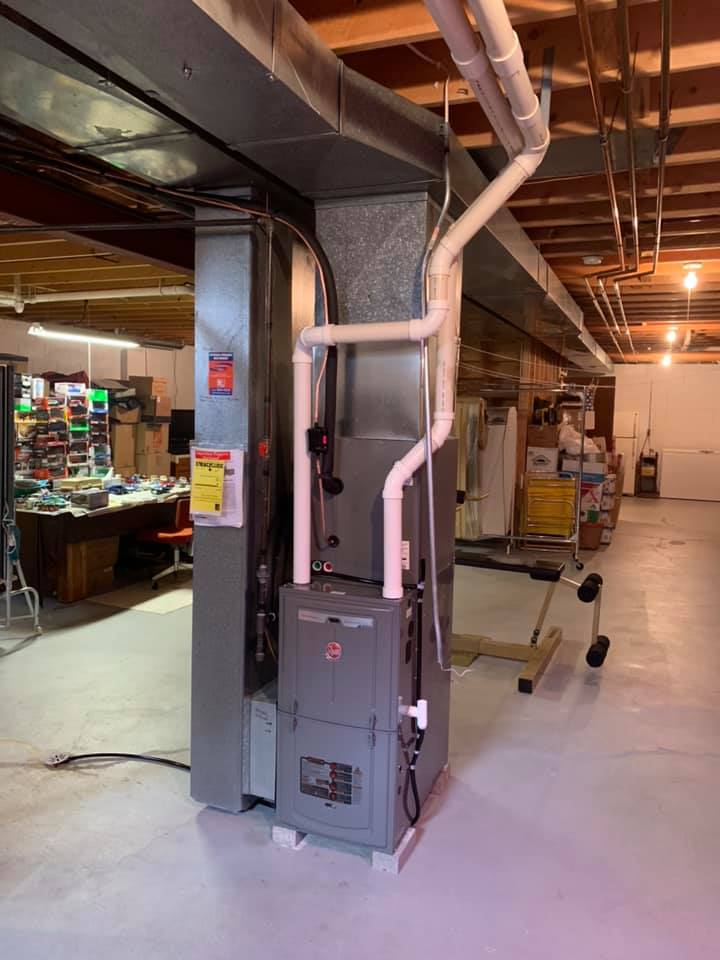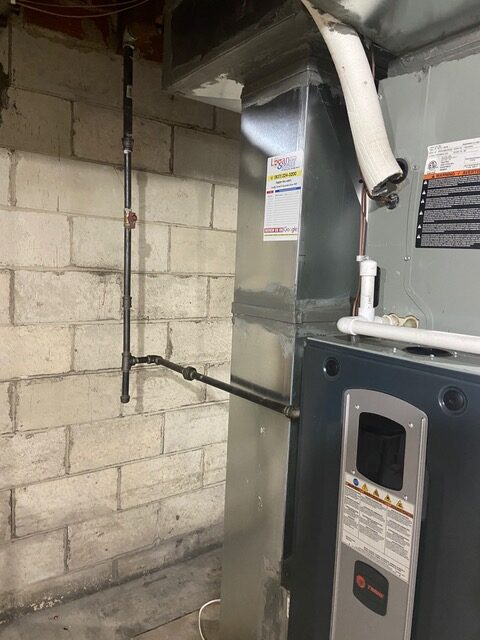The Ultimate Guide to Furnace Installation for a Cozy Home
Heating system setup is an essential facet of maintaining a comfy home atmosphere, particularly during the cooler months. As you take into consideration these aspects, the concern stays: what actions can you take to ensure your furnace serves you well for years to come?
Kinds Of Furnaces

Gas heating systems are the most common selection due to their performance and lower operational expenses. They utilize all-natural gas or gas, supplying fast home heating and regular performance, making them excellent for colder environments.
Electric furnaces, while typically easier to install and preserve, tend to have greater functional costs. They are frequently favored in areas where gas service is unavailable or for homes with existing electrical framework.
Oil heaters, though less common today, remain a sensible option in specific regions. They burn home heating oil, which can be beneficial throughout cooler months, yet their dependence on oil shipment poses potential difficulties.
In addition, there are high-efficiency designs offered across these kinds, which can significantly decrease power consumption and utility costs - furnace installation. Inevitably, understanding these heating system types will help home owners pick a system that aligns with their home heating needs, spending plan, and energy choices
Choosing the Right Dimension
Choosing the appropriate size for a furnace is crucial to making certain ideal performance and power efficiency. A small heating system will battle to keep comfy temperatures throughout the cold months, causing boosted deterioration, greater power costs, and potential system failure. On the other hand, an oversized heating system might cycle on and off too often, causing inefficient heating and unequal temperature circulation within the home.
To establish the proper heater size, a calculation known as the Guidebook J tons computation must be executed. This procedure assesses various aspects, consisting of the square video of the home, insulation levels, window dimensions, and local climate problems. This thorough evaluation guarantees that the heater satisfies the certain heating demands of the area.

Setup Refine Review
In terms of materials, you will need ductwork, insulation, and securing tape to make sure optimal air movement and energy effectiveness - furnace installation. official source It is additionally crucial to have a new furnace filter handy, together with venting products, such as PVC pipe or metal flue, depending on the kind of heater being mounted
Safety and security tools, including gloves, safety glasses, and a face mask, is additionally critical to secure against dirt and particles during setup. Having all these devices and products easily offered not just improves the process however additionally boosts the safety and security and performance of the heating system setup.
Upkeep Tips for Longevity
To make sure the durability of your heating system, it is crucial to apply a routine maintenance routine that attends to essential parts of the system. Begin by replacing or cleansing the air filter each to three months, as a blocked filter can restrict airflow and lower efficiency. Additionally, check and cleanse the blower setting up to stop dirt accumulation that can prevent performance.
Next, check the thermostat setups and recalibrate if necessary to make certain precise temperature guideline. Check the ductwork for leakages or obstructions, as this can lead to energy loss and uneven home heating. Frequently lube the electric motor and bearings according to the supplier's suggestions to lessen deterioration.
Expert inspections should take place each year, where a qualified technician can assess Our site the heater's general problem, look for gas leakages, and make certain that safety attributes are operating properly. Consider setting up a programmable thermostat to optimize power use and maintain consistent home temperature levels. By adopting these maintenance techniques, you can boost your furnace's performance, prolong its life-span, and eventually appreciate a cozy and comfortable home atmosphere.
Conclusion
